
Pasture
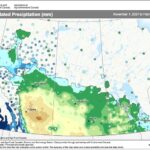
Expect Prairie temperatures below normal until month’s end

Working with fire for grassland conservation
Prescribed fire can be a useful management tool but must be handled carefully, says Canada’s first prescribed fire exchange group
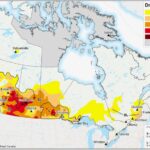
Drought conditions ease slightly across Prairies
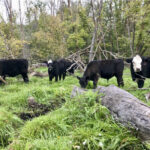
There’s power in a pencil for cow-calf operations
Cattlemen’s Young Leaders participant refines her cow-calf operation with the help of mentorship

Spring calving heralds beginning of predator season
As bear, cougar and wolf populations rebound, ranchers are working with conservation officers, wildlife specialists and researchers to pinpoint and mitigate problems

Benchmarking and building soil health
Understanding of the significance of what constitutes healthy soil has increased substantially in recent years
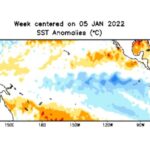
La Niña likely to continue into spring, U.S. forecaster says
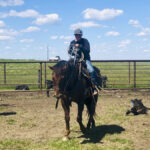
Highway 21 Feeders turns up the bull power to drive feedlot performance
Custom feedlot develops bull program and new sale to bridge the gap between seedstock and feeder sectors

No more baby steps
From the Ground Up with Steve Kenyon
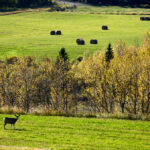
Moving from planning to action on corporate sustainability
Officials from non-profits, animal health, foodservice and the processing industry discuss the challenges of setting and implementing corporate sustainability goals



